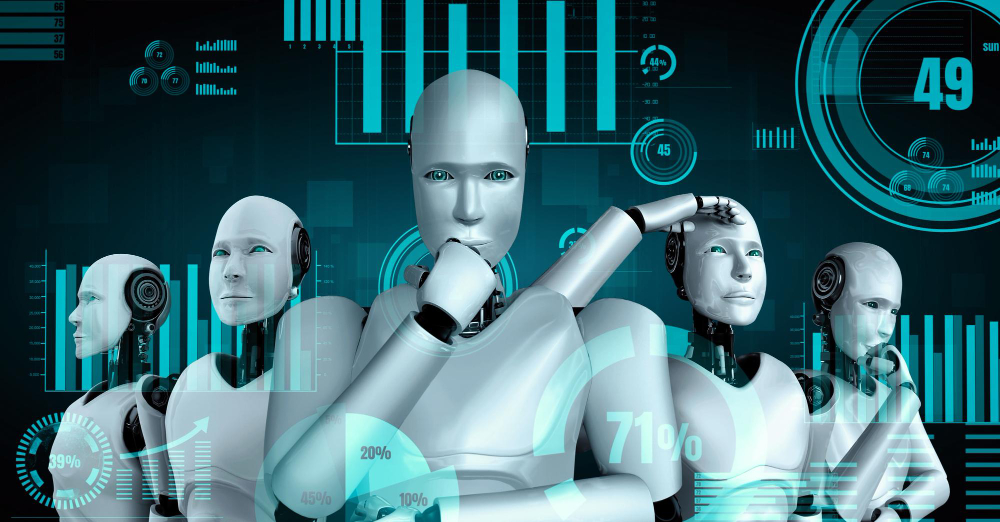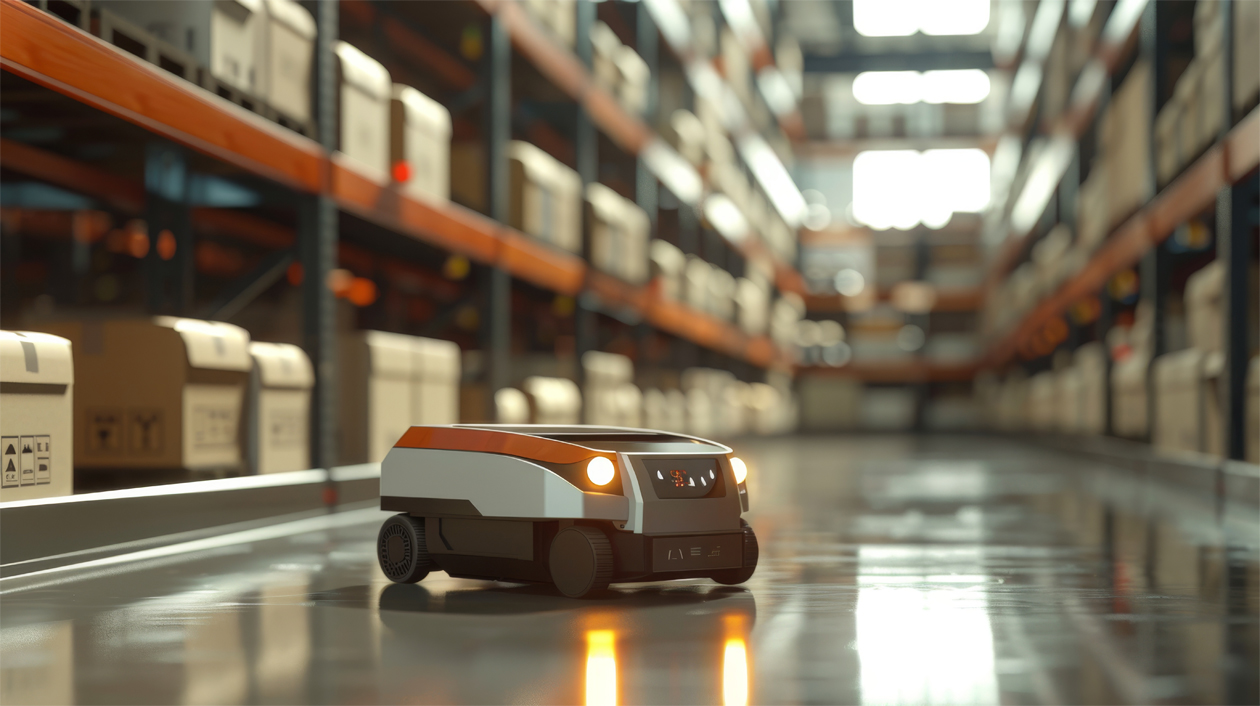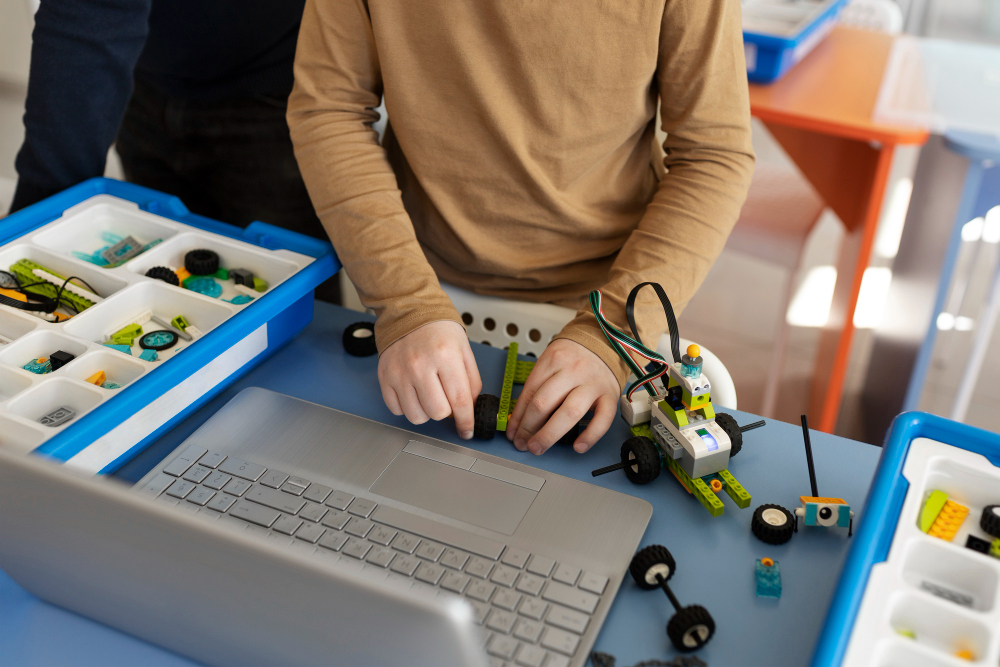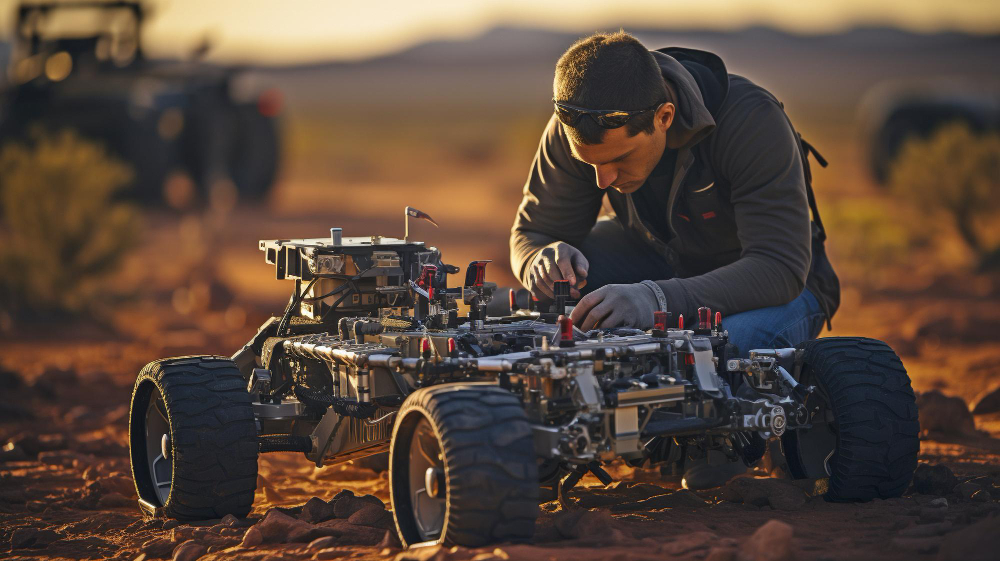As we look toward the future of robotics, it’s clear that this field will continue to evolve rapidly, driven by technological advancements and societal needs. Here are some key aspects and emerging trends that are likely to shape the future of robotics:
Enhanced Autonomy
Robots are poised to become significantly more autonomous, thanks to advancements in artificial intelligence (AI) and machine learning. These technologies will enable robots to learn from their environments and make decisions independently, without human intervention. As a result, robots will be able to perform complex tasks with greater precision and efficiency. For instance, in industrial settings, autonomous robots will be able to adapt to changes in the production line in real-time, optimizing processes and reducing downtime.
Improved Human-Robot Interaction
The future will see a significant improvement in the way humans interact with robots. AI will play a crucial role in facilitating more natural and intuitive interactions between humans and robots. This includes advancements in natural language processing, allowing robots to understand and respond to spoken commands more effectively. Additionally, improvements in gesture recognition and emotional intelligence will enable robots to interpret and respond to human emotions and non-verbal cues, making collaboration with robotic systems more seamless and efficient. This will be particularly beneficial in fields like healthcare and customer service, where effective human-robot interaction is essential.
Robotics in Healthcare and Personal Assistance
The healthcare sector is poised for a robotics revolution, with surgical robots, robotic prosthetics, and telepresence robots for remote patient care becoming more prevalent. Additionally, personal robotics and assistive devices, such as domestic robots and robotic exoskeletons, are expected to become more accessible, transforming the lives of individuals with mobility issues and disabilities.
The integration of 5G connectivity and edge computing will empower robots with faster and more reliable communication, enabling real-time data processing and seamless operation in applications like autonomous vehicles and drones.
Adaptive Learning and Decision Making
AI-driven adaptive learning will allow robots to improve their performance over time by continuously learning from their experiences. This capability will enable robots to refine their decision-making processes, becoming more efficient and effective in their tasks. For example, in logistics, robots will be able to optimize their routes and handling techniques based on historical data and real-time feedback, resulting in faster and more reliable deliveries.
Collaboration and Teamwork
Advancements in AI will also enhance the ability of robots to work collaboratively with humans and other robots. Through improved machine learning algorithms, robots will be able to understand and predict the actions of their human counterparts, facilitating smoother and more effective teamwork. In industrial environments, collaborative robots (cobots) will work alongside human workers, sharing tasks and adapting to their movements and actions. This synergy will not only increase productivity but also create safer working conditions by reducing the likelihood of human error and accidents.
Personalized User Experiences
AI will enable robots to offer more personalized experiences tailored to individual users. By analyzing user behavior and preferences, robots can adjust their actions and responses to better meet the specific needs of each person. This personalization will be particularly beneficial in sectors like customer service and education, where robots can provide customized assistance and support, enhancing user satisfaction and engagement.
Feel free to share your thoughts and experiences with on-demand computing in the comments below! Let’s get the conversation started.






